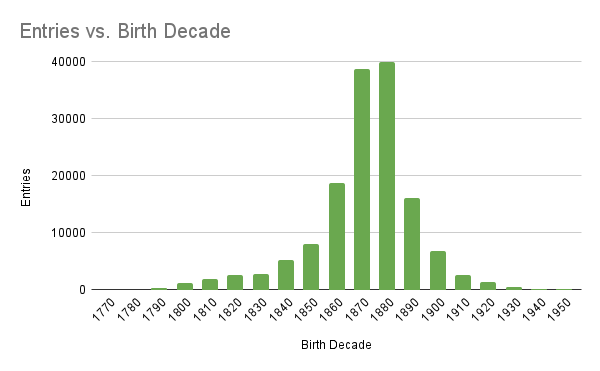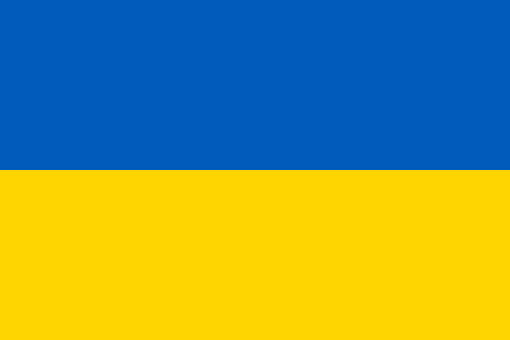One project amongst the Library and Archives Canada’s Co-Lab Challenges reported progress.
Mary Ann Shadd Cary remains 44% complete.
Expo67 remains 2 % complete.
Summiting Mount Logan in 1925: Fred Lambart’s personal account of the treacherous climb and descent of the highest peak in Canada remains 13% complete.
Women in the War remains 1% complete.
Arthur Lismer’s Children’s Art Classes remains 0% complete.
John Freemont Smith remains 93% complete.
Canadian National Land Settlement Association remains 98% complete.
Molly Lamb Bobak is 95% complete, 94% at last update, 1% an increase of 1% of 226 images
Diary of François-Hyacinthe Séguin remains 99% complete.
George Mully: moments in Indigenous communities remains 0% complete.
Correspondence regarding First Nations veterans returning after the First World War remains 99% complete.
Winnipeg General Strike of 1919 remains 95% complete.
Legendary Train Robber and Prison Escapee Bill Miner remains 99% complete.
Japanese-Canadians: Second World War remains 3% complete.
The Call to Duty: Canada’s Nursing Sisters remains 94% compete.
Projects that remain 100% complete are no longer reported here.
Other unidentified Co-Lab activities not part of the Challenges have seen progress. There are currently 3,785 items in Collection Search identified as Co-Lab only contributions, an increase from 3,765 last month.
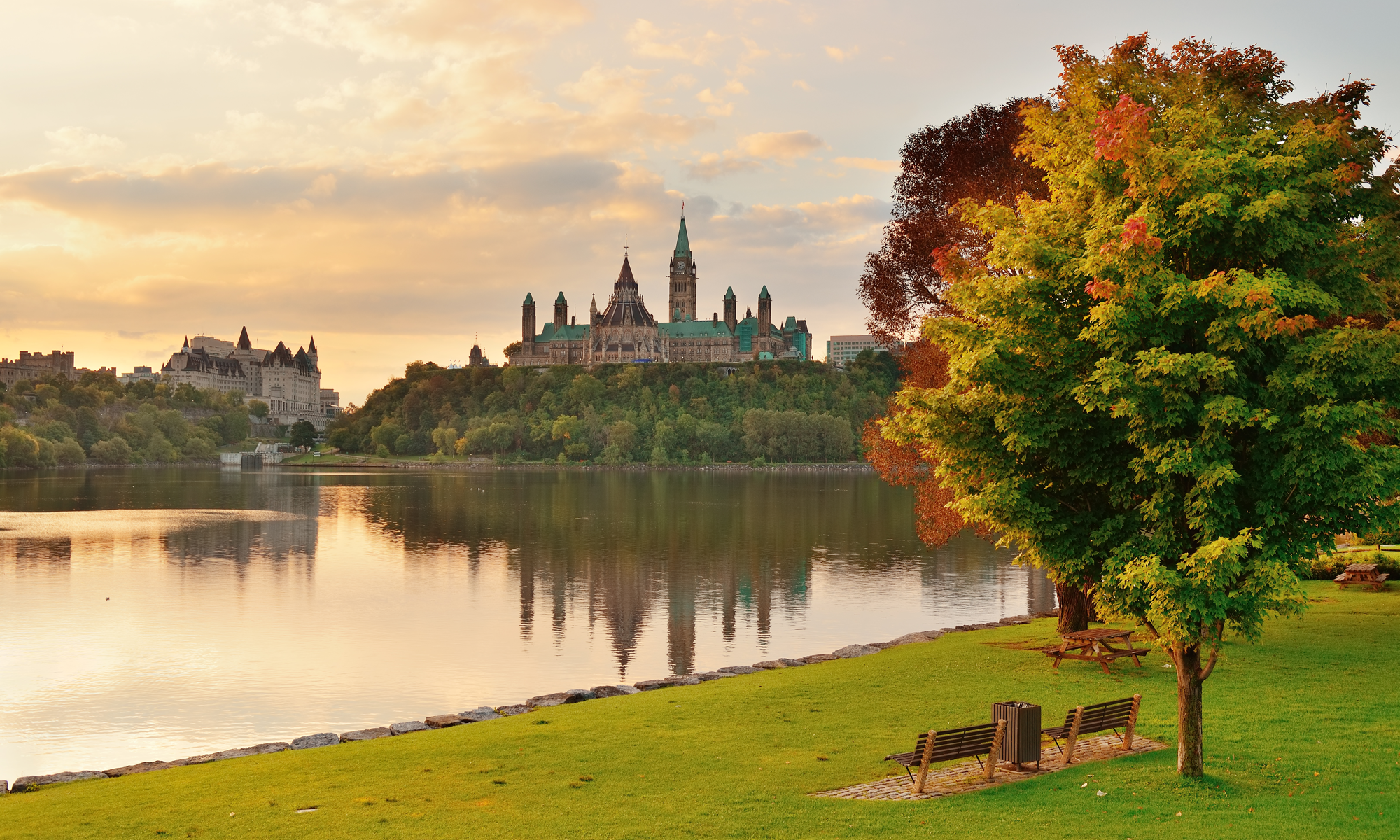

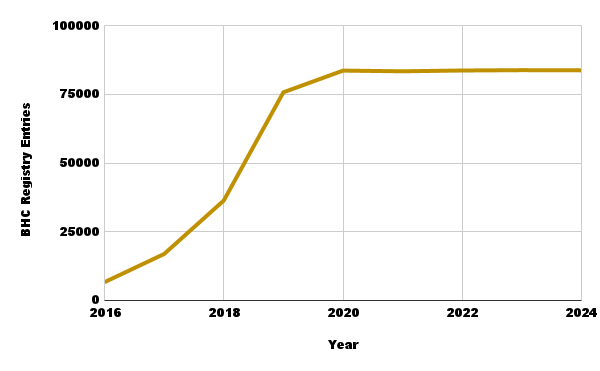
 With the latest updates, the
With the latest updates, the 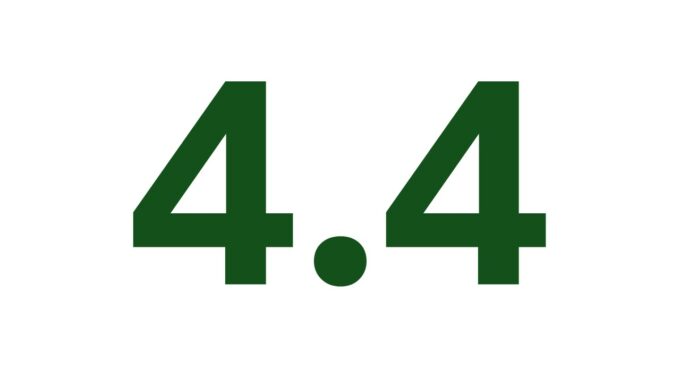 Number of Canadians, in millions, who identify as descendants of Irish immigrants. They comprise about twelve percent of the population.
Number of Canadians, in millions, who identify as descendants of Irish immigrants. They comprise about twelve percent of the population.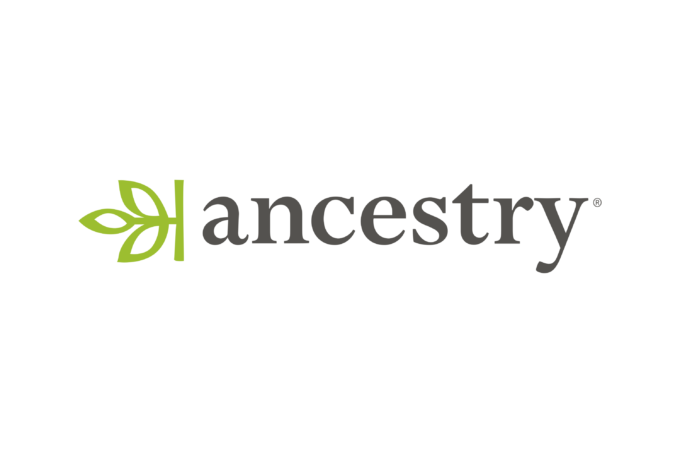 Is there a postal worker in your ancestry? These 147,020 UK postal worker records on 278,540 sheets, usually two sheets per person, are handwritten onto pre-printed forms, with later records typed. The source for the original data is The Postal Museum.
Is there a postal worker in your ancestry? These 147,020 UK postal worker records on 278,540 sheets, usually two sheets per person, are handwritten onto pre-printed forms, with later records typed. The source for the original data is The Postal Museum.